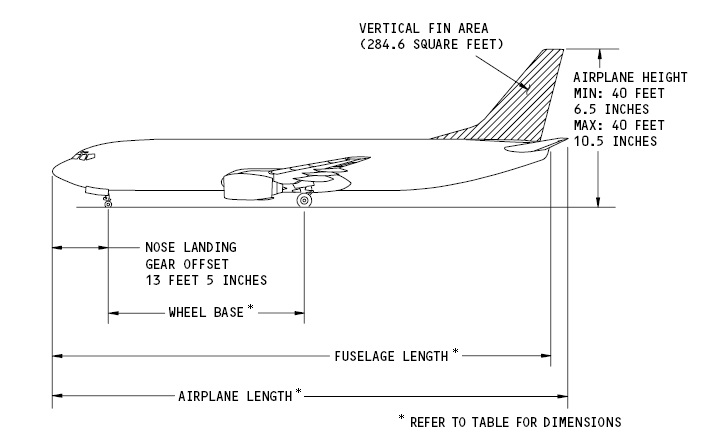The Master Caution system was developed for the 737 to ease pilot workload as it was the first Boeing airliner to be produced without a flight engineer. In simple terms it is an attention getter that also directs the pilot toward the problem area concerned. The system annunciators (shown above) are arranged such that the cautions are in the same orientation as the overhead panel e.g. FUEL bottom left, DOORS bottom of third column, etc.
On the ground, the master caution system will also tell you if the condition is dispatchable or if the QRH needs to be actioned. The FCOM gives the following guidance on master caution illuminations on the ground:
Before engine start, use individual system lights to verify the system status. If an individual system light indicates an improper condition:Pressing the system annunciator will show any previously cancelled or single channel cautions. If a single channel caution is encountered, the QRH drill should not be actioned.
• check the Dispatch Deviations Procedures Guide (DDPG) or the operator equivalent to decide if the condition has a dispatch effect
• decide if maintenance is needed
If, during or after engine start, a red warning or amber caution light illuminates:
• do the respective non-normal checklist (NNC)
• on the ground, check the DDPG or the operator equivalent
If, during recall, an amber caution illuminates and then extinguishes after a master caution reset:
• check the DDPG or the operator equivalent
• the respective non-normal checklist is not needed
Master caution lights and the system annunciator are powered from the battery bus and will illuminate when an amber caution light illuminates. Exceptions to this include a single centre fuel tank LOW PRESSURE light (requires both), REVERSER lights (requires 12 seconds) and INSTR SWITCH (inside normal FoV).
When conducting a light test, during which the system will be inhibited, both bulbs of each caution light should be carefully checked. The caution lights are keyed to prevent them from being replaced incorrectly, but may be interchanged with others of the same caption










